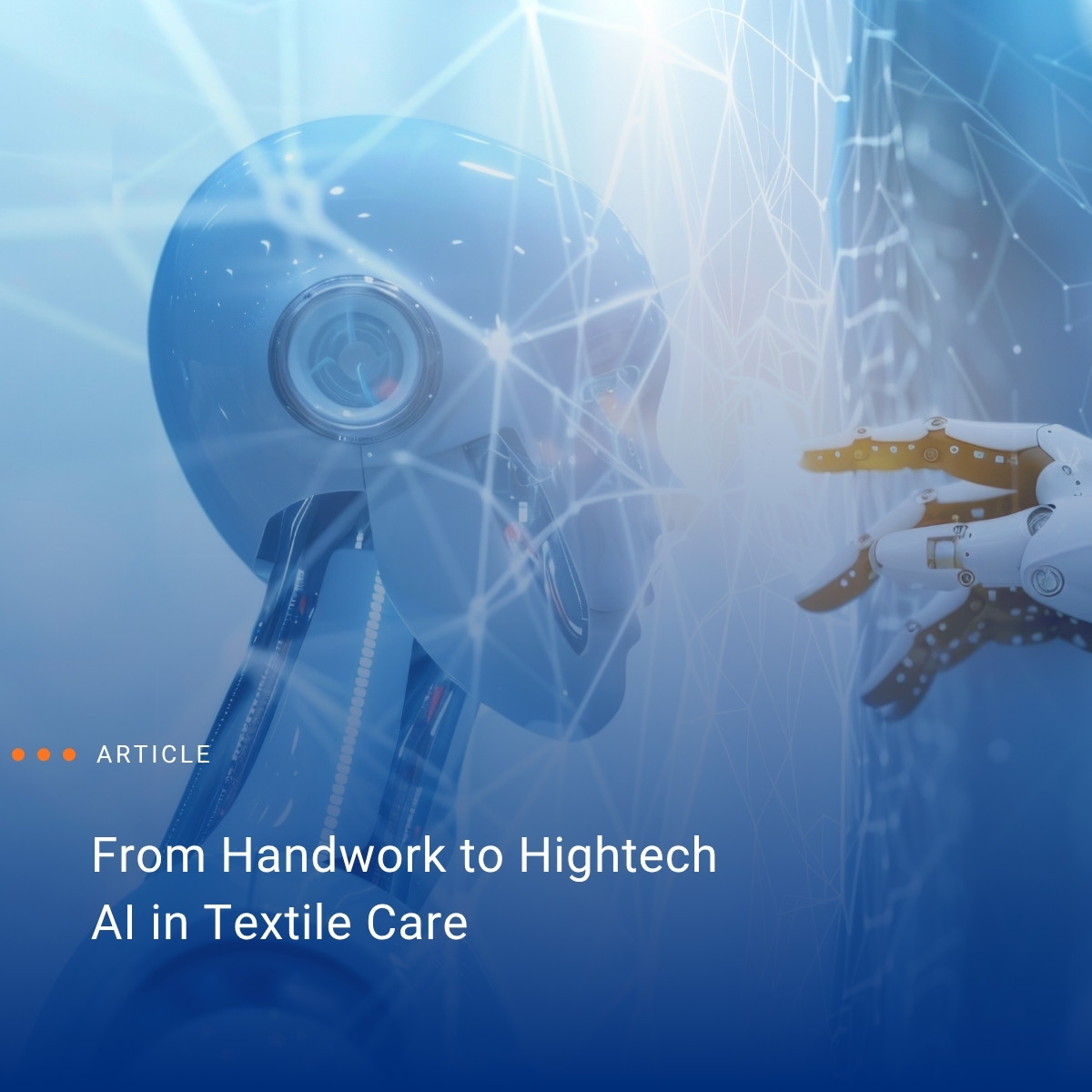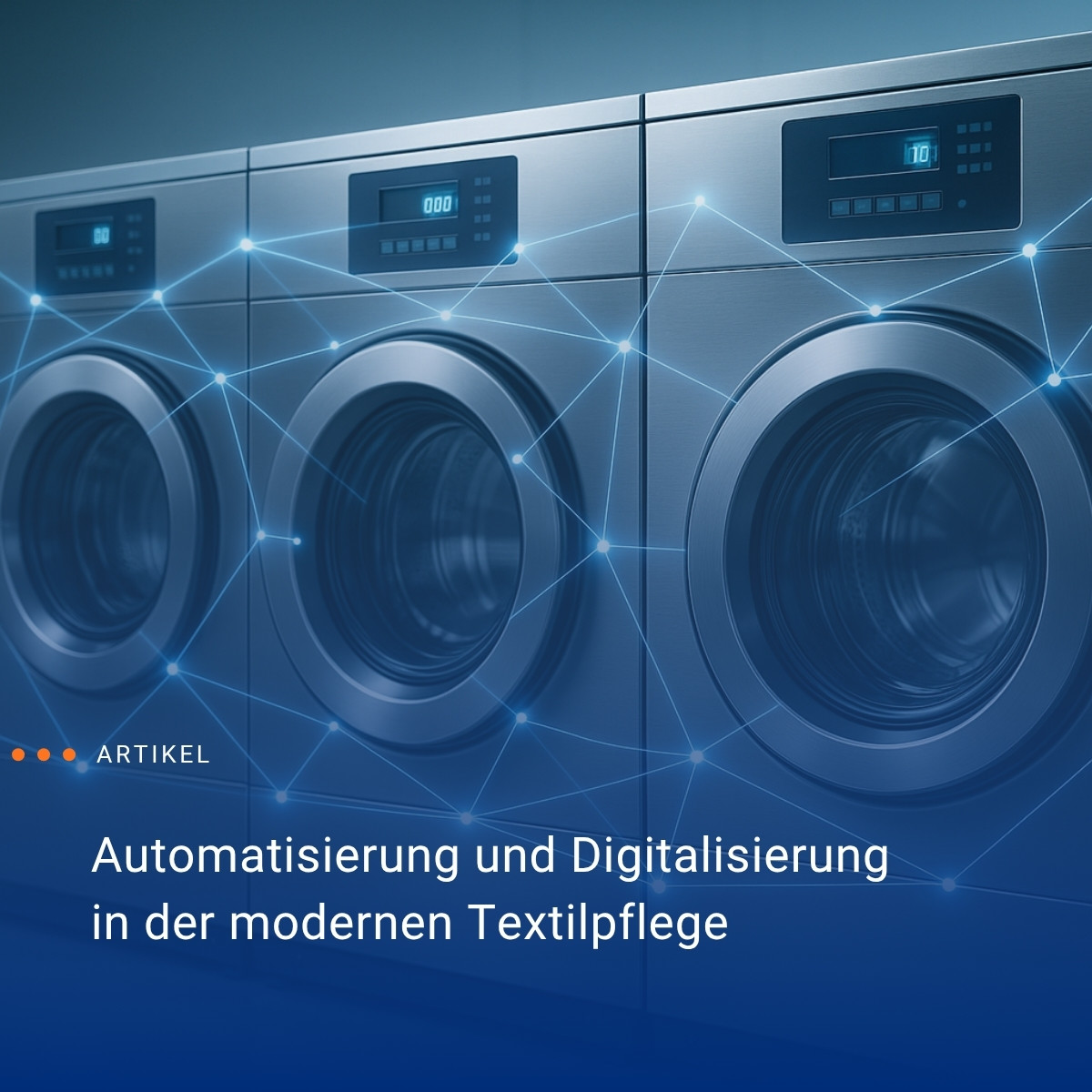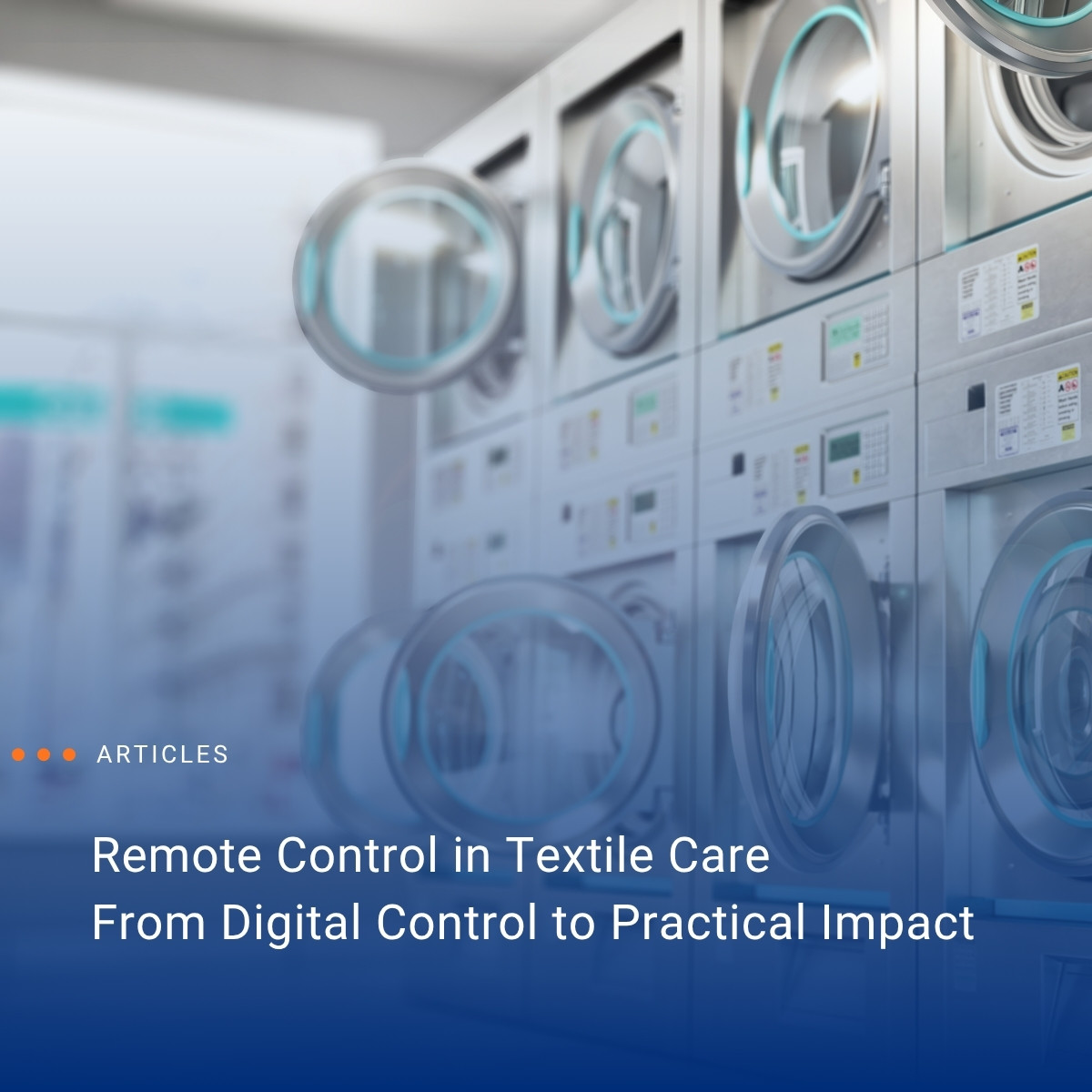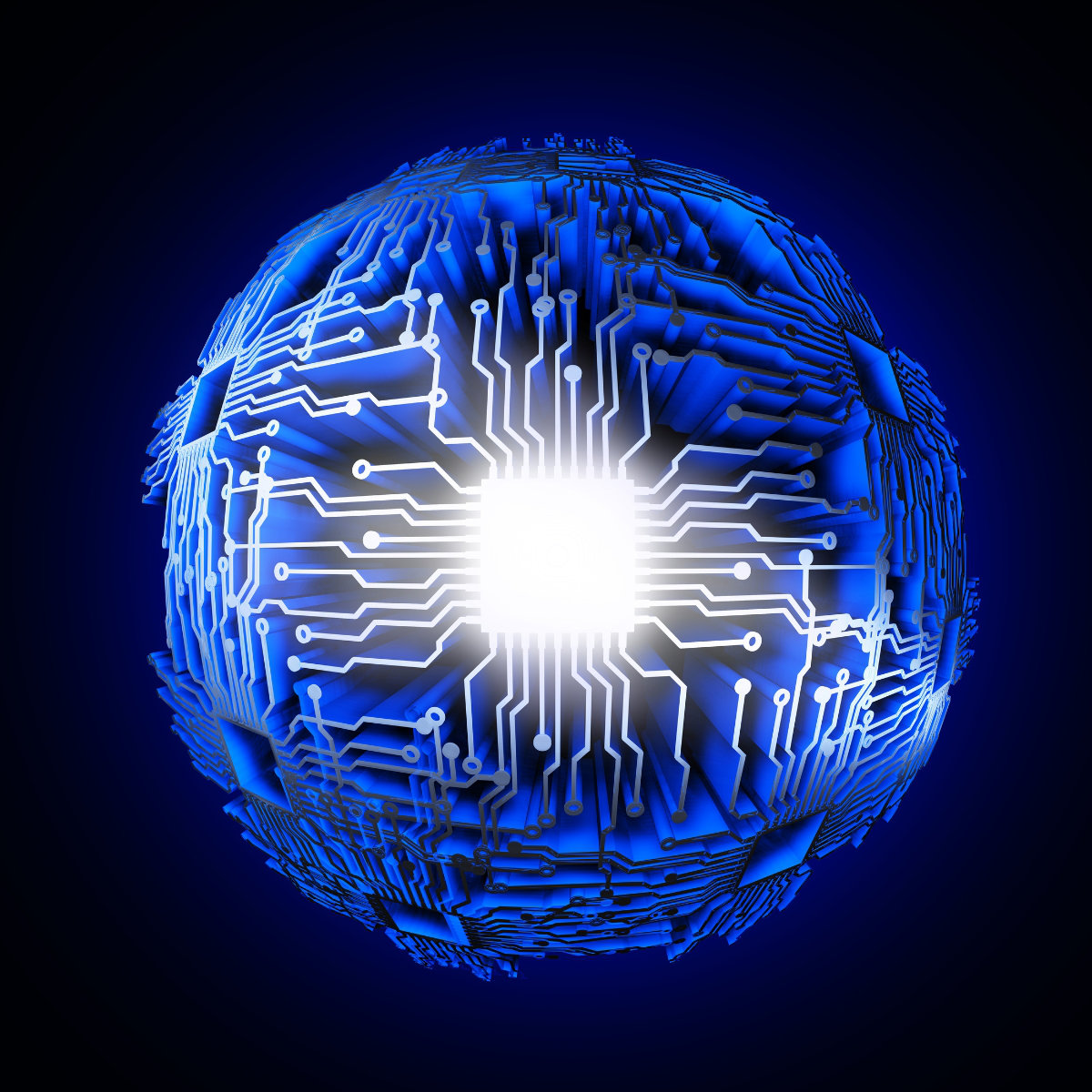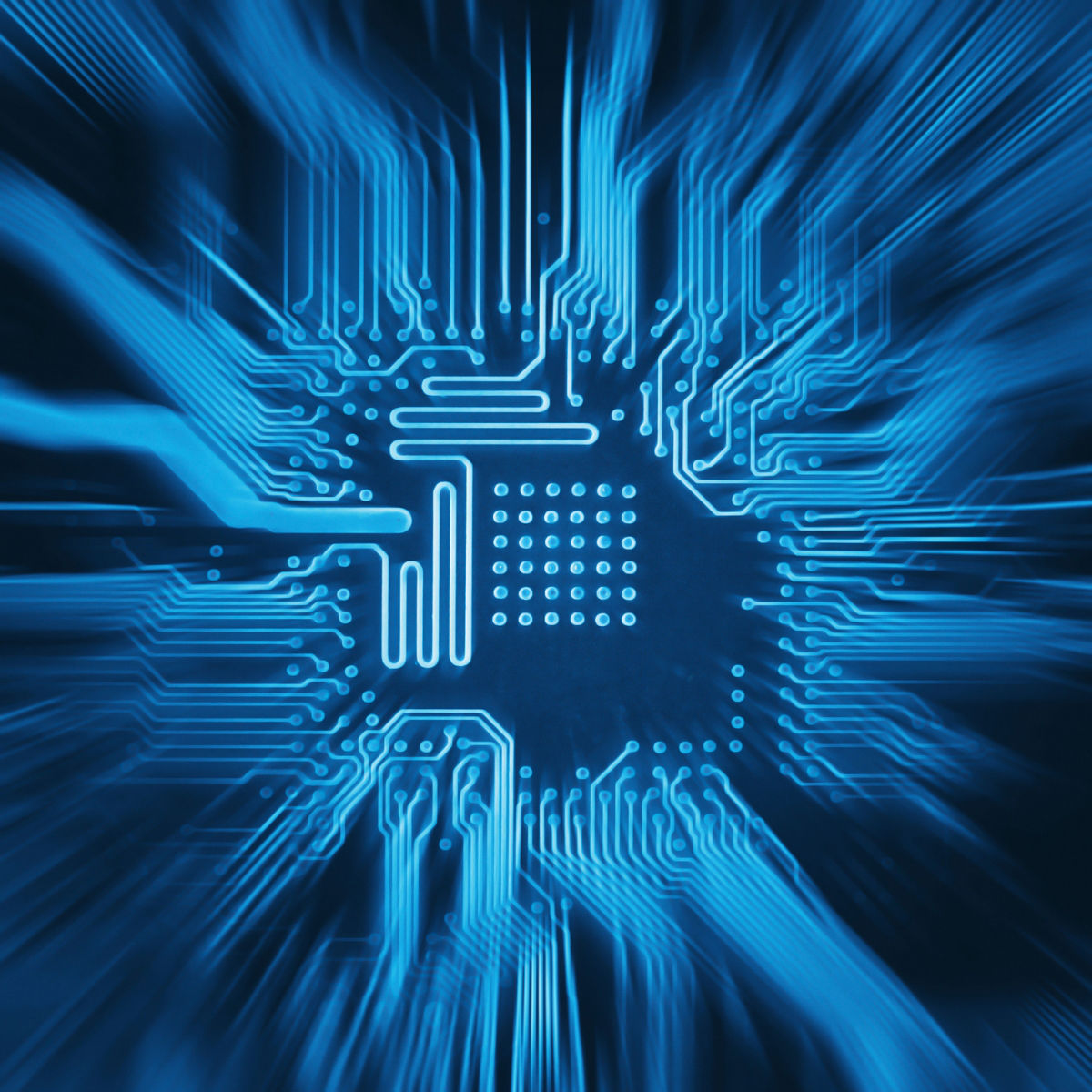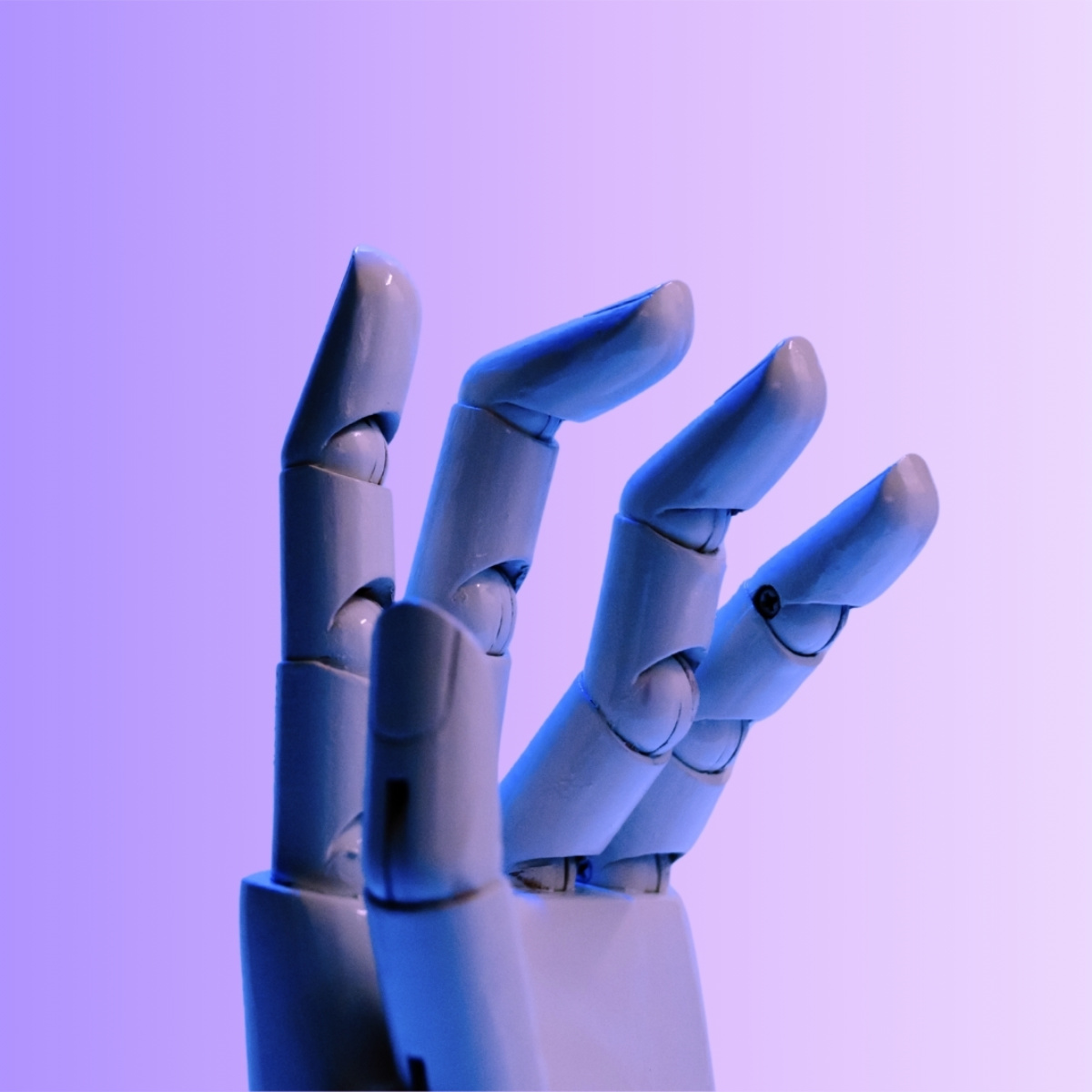Reading time: 6 minutes
Technology as the Answer: Tailored Solutions through Robotics and AI
Automation solutions in textile care increasingly rely on specialized technologies to address industry-specific challenges. Key focus areas include the precise handling of limp textiles, dynamic adaptation to varying material properties, and seamless integration into existing processes. These advancements go far beyond standard solutions, offering flexible and scalable systems tailored to the specific needs of companies.
Robotics and artificial intelligence play a pivotal role in this context. They not only enable the optimization of repetitive tasks but also open up new possibilities for data-driven process control and flexible responses to changing demands. This allows companies to operate more efficiently while better adapting to the dynamics of the market.
Technical Foundations of Automation
The technological foundation of automation in textile care consists of several key components that interact to ensure efficiency and precision.
Robotic Systems
Modern robotic arms form the backbone of many automation solutions. Equipped with multiple degrees of freedom, they enable precise movement in various directions. With specially designed grippers, robots can now handle delicate textiles safely without causing damage. Recent advancements in robotics are paving the way for even more efficient and flexible automation solutions in the future.
Image Processing and Sensor Technology
High-resolution cameras and 3D sensors enable robots to accurately identify textiles, determine their position, and recognize features such as stains or logos. This real-time data drives robotic movements and ensures efficient processing.
Artificial Intelligence (AI)

AI plays a central role in managing and optimizing automated processes. Through machine learning, systems analyze large datasets and automatically adapt to different types of textiles. Additionally, AI continuously improves efficiency and is used in quality control to detect deviations at an early stage.
Modular Architecture
Modular designs provide maximum flexibility and scalability. Systems can be adapted to new requirements, such as adding functionalities like sorting or quality inspection.
Practical Examples: Automation in Action
The foundation of these groundbreaking developments lies in the seamless integration of robotics, AI, and sensor technology. These technologies work together to create new possibilities—from precise handling to data-driven process management. Practical examples illustrate how these innovations are already being successfully implemented in the industry.
Precise and Modular Robotics:
Laundry Robotics B.V. specializes in developing robotic systems tailored to the needs of industrial laundries. Systems like the robots Robin, Roy, and Roger exemplify intelligent technologies designed for precise handling, alignment, and processing of towels. Robin, the most powerful model, can process up to 720 towels per hour and offers optional features such as logo recognition or quality inspections. The smaller models, Roy and Roger, are ideal for operations with standardized requirements or limited space.
These systems alleviate staff workloads, enhance process quality, and help reduce operating costs. Thanks to their modularity, they can be flexibly adapted to the specific requirements of different laundries, making them a worthwhile long-term investment.
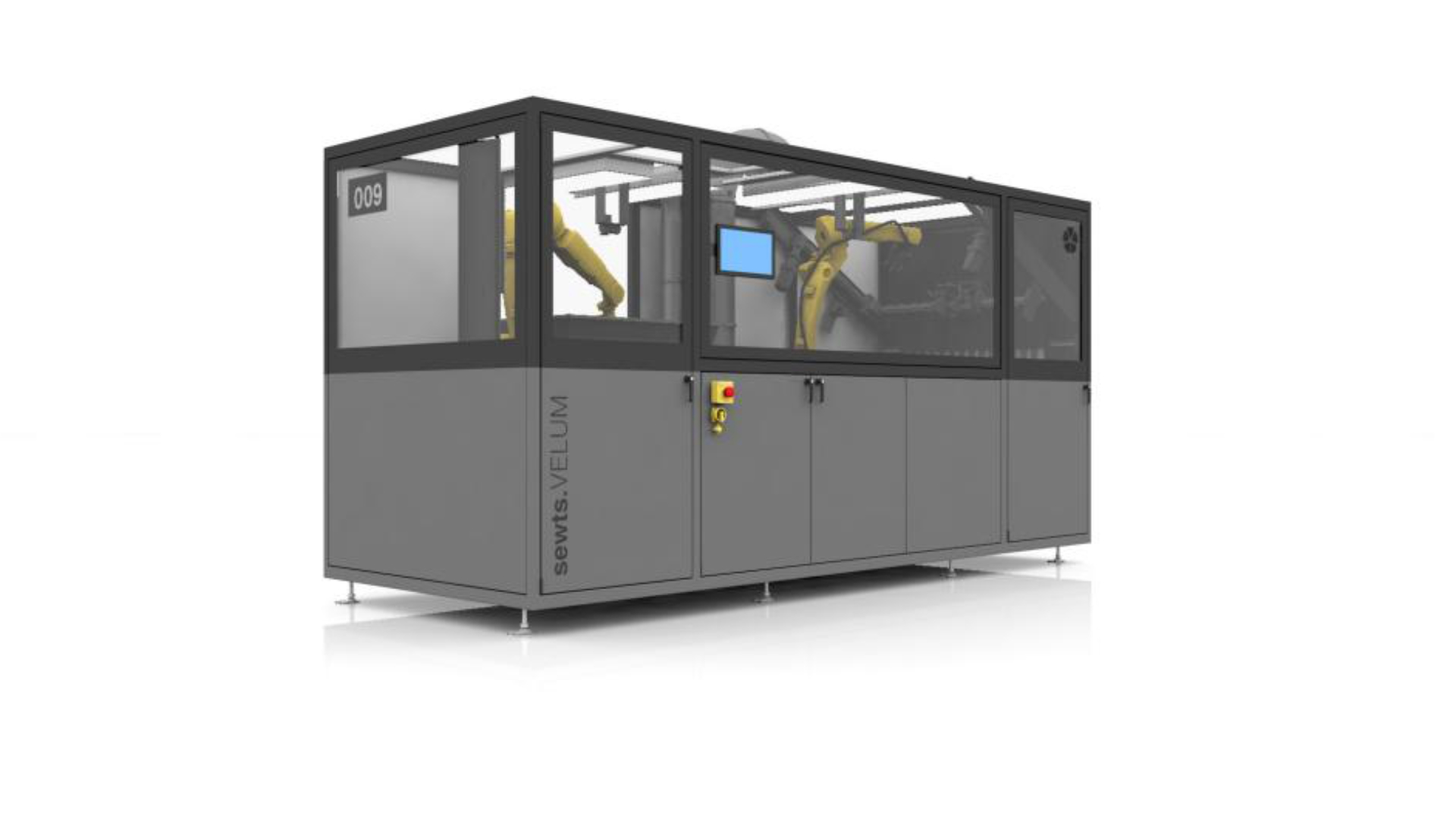
Flexible AI Solutions for Dynamic Processes:
The Munich-based start-up sewts has set a new standard for automation in textile care with its systems VELUM and JUPITER.
VELUM automates the manual feeding of textiles into folding machines, handling up to 700 textiles per hour. In addition to boosting efficiency, the system helps address labor shortages and reduce operating costs.
The latest technology from sewts is powered by its intelligent software, Jupiter. This advanced software leverages machine learning and artificial intelligence to enable robots to understand and handle easily deformable objects. By utilizing deep learning and neural networks, it ensures precise object recognition and manipulation. This paves the way for a wide range of future applications, such as feeding napkins, general sorting tasks, and processing workwear. Advanced algorithms and adaptive control systems significantly enhance the robots' efficiency and flexibility.
Efficient Sorting of Laundry Items:
Flexibility is a key success factor in textile care. Machines capable of handling various textile types and sizes are at the forefront of innovation. Solutions featuring automatic material recognition and adaptive mechanisms are increasingly in demand due to their high versatility. Seamless integration of such systems into existing laundry operations—from conveyor belts to fully automated workflows—is particularly critical.
The THOR Robot Separator from Jensen Group automates the sorting of soiled textiles using advanced 3D camera technology. With a throughput rate of 1,200 to 1,500 items per hour, it delivers precise results while handling different types of textiles. Key benefits include reduced errors, optimized workflows, and consistent throughput, making it a valuable asset for modern laundries.
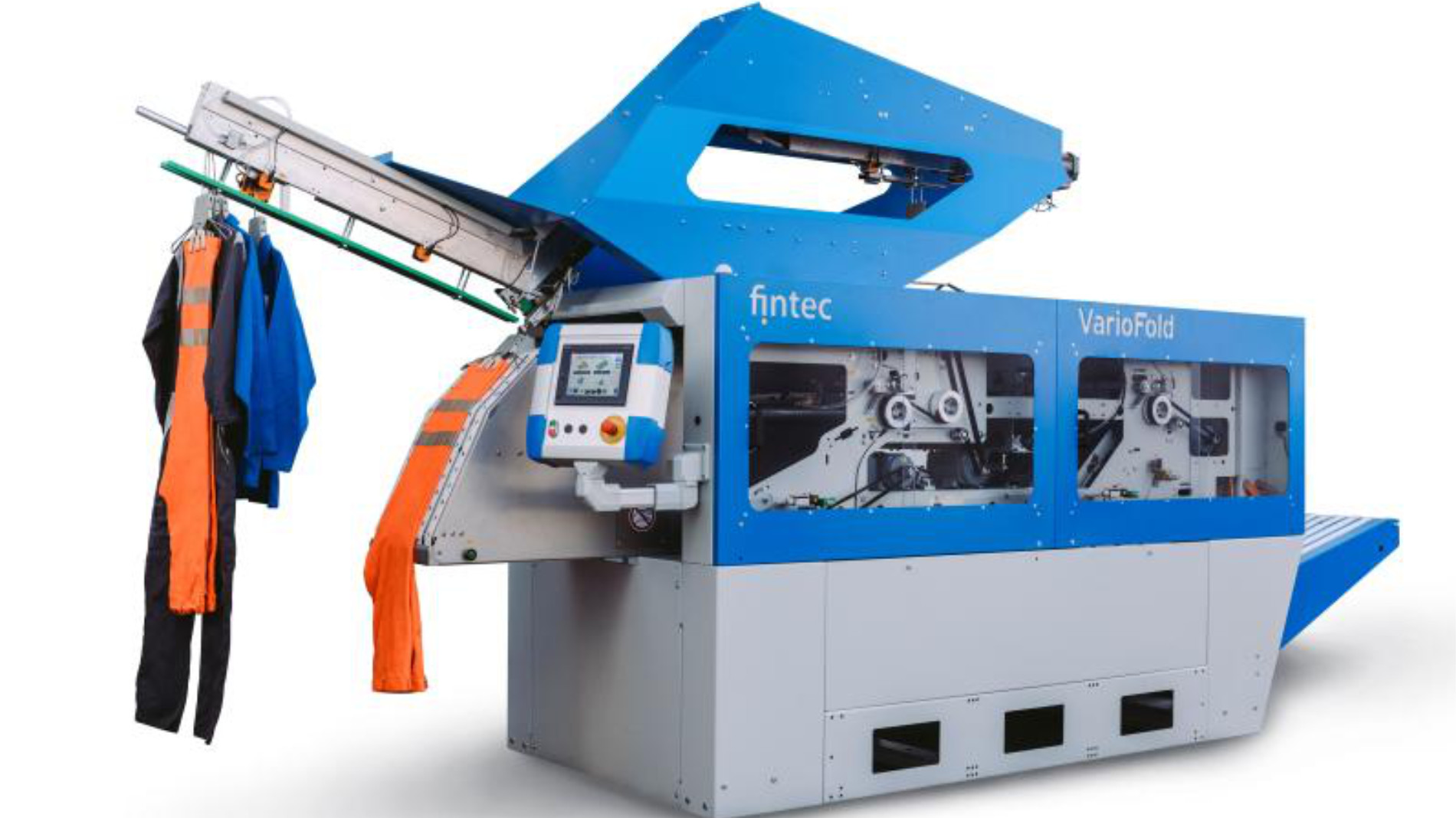
Flexible Folding Technologies: Efficiency and Adaptability in Textile Care
Solutions that support both manual and automated workflows are particularly in demand. Systems that can be expanded from manual operation to fully automated solutions through modular upgrades offer businesses a future-proof option. Features such as automatic material recognition and thickness adjustment ensure high precision and reliability.
Moreover, the integration of such machines into existing processes and conveyor systems is a key advantage. This seamless adaptation to established workflows helps maximize efficiency and productivity within operations.
Intelligent Transport Solutions:
A seamless material flow is essential for boosting efficiency in industrial laundries. Automated transport systems, such as autonomous mobile robots or intelligent conveyor systems, have proven to be indispensable. These technologies connect different stations, from the dryer to the ironer, ensuring optimized utilization of the entire facility.
The Automated Mobile Robot from Hebei Titan Intelligence Technology exemplifies this innovation. It autonomously transports textiles from the dryer to the feeder or ironer. When combined with a temporary storage conveyor system, it creates an efficient and well-organized transport network tailored to the needs of industrial laundries.
Automation for a Sustainable and Efficient Future:
Automation also plays a crucial role in identifying and preventing foreign objects in laundry workflows. AI-powered technologies, such as advanced X-ray devices, are instrumental in this area. They reliably detect foreign objects, prevent disruptions in operations, and minimize potential damage to machinery and textiles. This not only enhances process safety but also boosts efficiency by reducing downtime and repair costs. Furthermore, these technologies make a significant contribution to the industry's sustainability. Innovative approaches to analyzing and optimizing textile recycling processes are gaining traction. With modern automation solutions, materials can be sorted more precisely, improving their reuse potential. This conserves resources and reduces waste. Automated systems also facilitate the seamless integration of recycling processes into existing operations. From sorting used textiles to preparing them for reuse, these solutions help establish closed-loop systems—a vital step toward a more sustainable textile care industry.
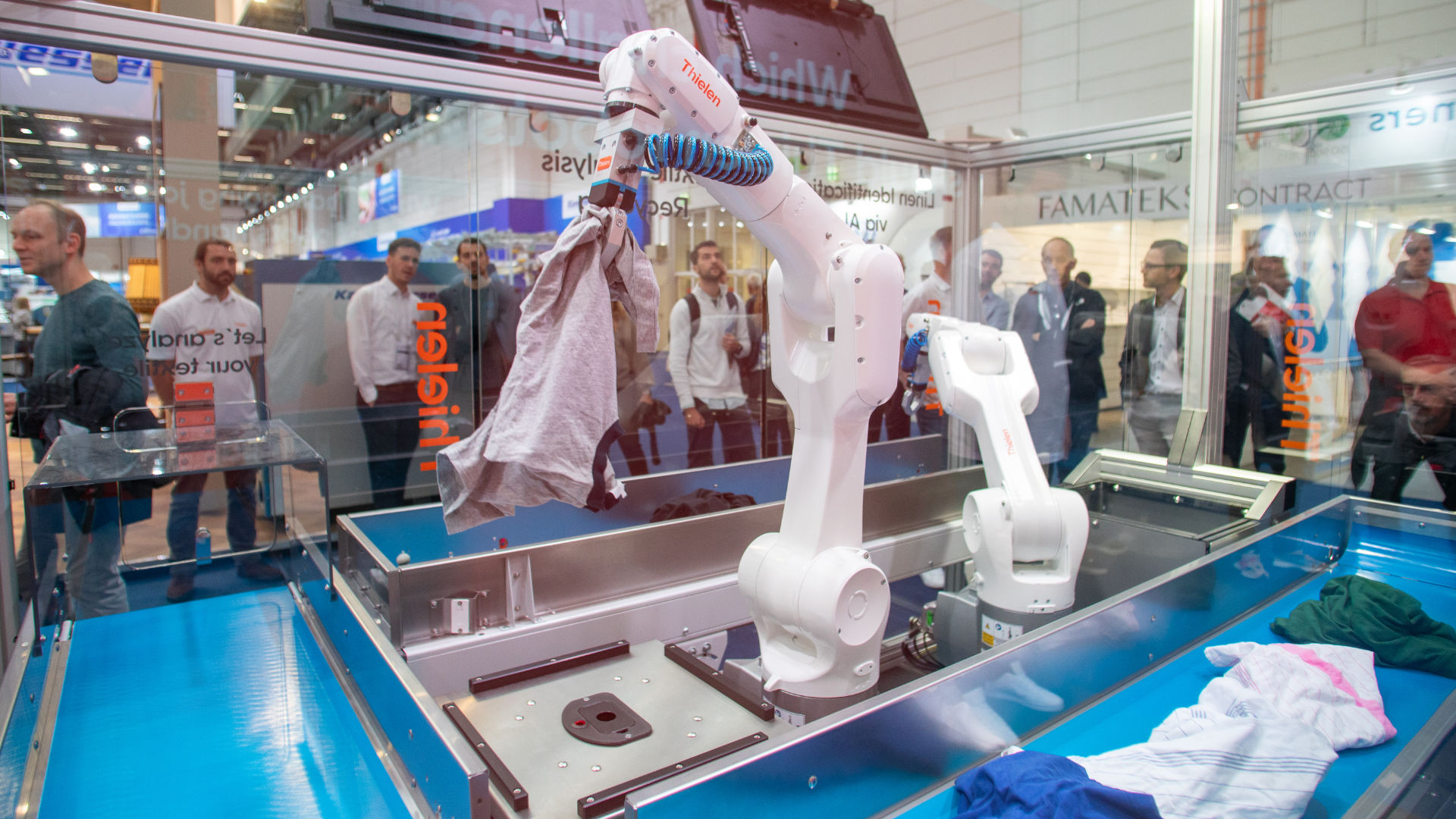
Automated Sorting:
The sorting of textiles is one of the most labor-intensive processes in textile care. Advanced systems, such as the T-Sorter from Thielen Automation, which combines AI and RFID technology, automate this task efficiently and precisely. The system is capable of sorting up to 3,600 items per hour. To detect foreign objects in garments, it uses an AI-powered X-ray device. This accelerates processing, minimizes error rates, and significantly enhances process safety – critical factors for the industry's sustainable development. Sorting systems represent a key milestone on the path to a digitized and sustainable textile care sector, unlocking efficiency potential while promoting a more resource-efficient way of working.
Automation as a Global Movement
The developments in the textile care industry are part of a global shift toward data-driven, automated processes. Companies that invest early in such technologies benefit not only from increased efficiency but also from the ability to adapt to rapidly changing market conditions. Modular designs and AI-driven systems enable flexible scaling, while data-based analyses facilitate more precise planning and resource management.
The societal implications of this transformation are equally significant. While automation may replace traditional jobs, it also creates new opportunities for specialized roles and professional development. However, this requires close collaboration between industry, educational institutions, and policymakers to ensure a socially responsible transition. Harnessing the potential of digitization and automation, such as creating more attractive working conditions and innovative career paths, is key to shaping a sustainable and inclusive future.
Future Outlook: An Industry in Transition
Automation in textile care is only at the beginning of its development. The latest technologies demonstrate the immense potential of combining robotics, sensor technology, and AI. Fully leveraging these advancements requires a holistic approach that takes technical, operational, social, and environmental aspects into account.
Alexander Bley, CEO of sewts, emphasizes: "Our technology is revolutionizing the way textiles are processed automatically." Companies are unveiling additional innovative solutions, such as systems that automate the folding and stacking of terry towels. Andreas Langer, Marketing Manager at Kannegiesser, explains: "The input performance of staff naturally fluctuates and decreases over the course of a shift due to fatigue. Automation prevents input from becoming a bottleneck that slows down the laundry process. These demanding tasks are handled by state-of-the-art systems."
Another advantage of these technologies is their appeal to tech-savvy employees, who find modern systems exciting and enjoy being part of an innovative organization.
The coming years will be pivotal in securing the future of the industry. This will involve not only technological breakthroughs but also changes in the organization and structure of businesses. The textile care sector has the opportunity to redefine itself through innovation and adaptability—an opportunity that must be seized.
